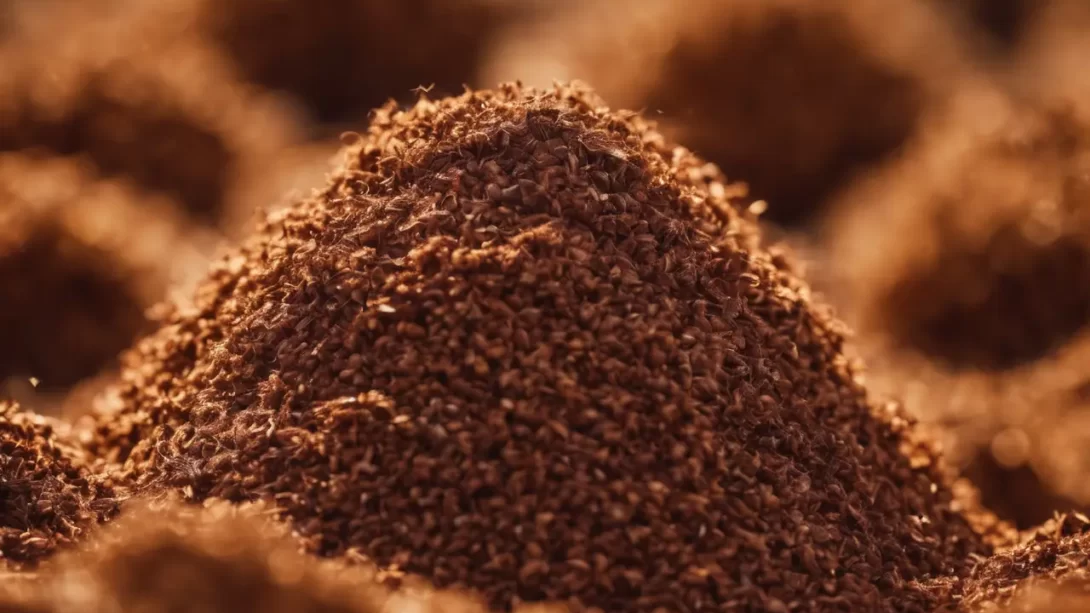Coco coir, a natural product derived from the husk of coconuts, is increasingly popular among gardeners. This eco-friendly alternative to peat moss is renowned for its water retention, aeration properties, and sustainability. Coco coir comes in various forms, such as compressed bricks, loose substrate, and chips, catering to different gardening needs. Its fibrous texture makes it an excellent soil amendment, improving soil structure and plant growth.
Purchasing the Right Coco Coir
When selecting coco coir, quality is key. Look for coir that is free from salts, as excessive salinity can harm plant roots. It’s important to understand the differences between the types of coco coir: bricks are compact and need rehydration, while loose coir is ready to use but may be less economical. You can find quality coco coir at garden centers, online gardening stores, and some home improvement outlets. Always check product reviews and specifications to ensure it meets your gardening requirements.
Preparing Coco Coir for Use
If you’ve chosen compressed coco coir bricks, the first step is rehydration. Place the brick in a large container and add warm water. For a standard-sized brick, approximately 4-5 gallons of water are needed. Let the brick absorb the water and expand, which may take up to an hour. If the coir seems dry or hard after this time, add more water. For loose coco coir, simply moisten it with water to make it pliable and easy to work with. When preparing coco coir, it’s essential to adjust the pH of the water. Coco coir naturally has a neutral to slightly alkaline pH, while most plants prefer a slightly acidic environment. To achieve this, you can add a pH adjuster to the water before soaking the coir. This step is crucial for ensuring that your plants will thrive in their new medium.
Enhancing Coco Coir for Plant Growth
Coco coir, while excellent for moisture retention and aeration, lacks nutrients. Therefore, it’s often mixed with other soil amendments to create a balanced growing medium. A common practice is to blend coco coir with perlite or vermiculite to improve drainage and aeration further. When it comes to nutrients, plants grown in coco coir require regular feeding. This medium works well with both organic and inorganic fertilizers, but it’s essential to choose a fertilizer suitable for coco-based substrates. Regular monitoring and adjusting of pH and nutrient levels are crucial for healthy plant growth.
Using Coco Coir in Different Gardening Scenarios
Coco coir’s versatility makes it suitable for various gardening applications. In container gardening, coco coir can be used as a sole growing medium or mixed with potting soil to enhance water retention and root aeration. This mix is particularly beneficial for plants that prefer moist conditions. For garden beds, incorporating coco coir improves soil texture and water retention, particularly in sandy or heavy clay soils. Coco coir can also be a valuable component in hydroponic systems, serving as a stable and sustainable growing medium. Its ability to hold water while providing ample air space makes it ideal for hydroponic environments where root health is paramount.
Maintenance and Reuse of Coco Coir
Maintaining the right moisture and pH balance in coco coir is crucial for plant health. Regular watering is necessary, as coco coir can dry out, but be wary of overwatering. Using a moisture meter can help in maintaining the right moisture levels. After a growing season, coco coir can be cleaned and reused. Remove any plant debris and rinse the coir to flush out salt buildup. Storing it in a dry, covered space will preserve its quality for future use. Coco coir’s durability allows for multiple uses, making it a cost-effective and sustainable choice for gardeners.
Conclusion
Coco coir has emerged as a versatile and sustainable option in the gardening world. Its ability to retain moisture, provide excellent aeration, and adapt to various gardening scenarios makes it a valuable asset for gardeners of all levels. Whether used in container gardening, garden beds, or hydroponic systems, coco coir offers a range of benefits that enhance plant growth and soil health.
As you explore the possibilities with coco coir, remember that its nutrient neutrality requires a proactive approach to plant feeding. Adjusting pH levels and mixing with other soil amendments can create an optimal growing environment. The ease of maintenance and the ability to reuse coco coir also make it an economical and eco-friendly choice.
Embracing coco coir in your gardening practices not only supports sustainable gardening but also opens up new avenues for experimentation and discovery. Whether you’re a seasoned gardener or just starting, incorporating coco coir can lead to healthier plants and more bountiful gardens. So, delve into the world of coco coir and witness its remarkable impact on your gardening endeavors!



